Editor's note: Kate Myers and Emily Goligoski oversee and study journalism membership models, respectively. At ONA this week they’ll be presenting about membership structures with newsroom staff from for-profit, non-profit and professional society organizations. What follows is a story about a trend they’re seeing in for-profit news sites pitching exclusive content and experiences as membership, which has the potential to be confusing for audience members.
I (Kate) came into work one morning recently and was bombarded in the very active Intercept Slack channels with links to another journalism site launching a membership program. This program (which shall remain nameless) offered a newsletter, early access to the publication, and that trope of all memberships: a tote bag.
When I read the membership pitch, I was looking for some hint of a bigger picture, a way for the audience to more deeply connect with the mission of the publication. Instead, it seemed like a just a chance to upsell their subscriptions.
When a fourth person Slacked me this link, I finally decided to do something productive with my frustration. I called Emily and started ranting.
Many of us are besieged with donation, subscription, and membership offers from news organizations — and in some cases, pitching similar offers ourselves. Today we’re increasingly seeing examples of media companies experimenting with forms of "membership lite,” or subscription offerings that are dressed up to feel more like paid clubs than true communities.
This feels like a natural moment to refresh our collective memory on the distinction:
-
A subscription model requires audiences to pay money to get access to a product or service. Subscription conveys a transactional relationship. Product-oriented, “pay-to-play” exchanges work well for many sites. Yet the trend in for-profit general interest news sites pitching exclusive content and experiences as membership has the potential to confuse audiences.
-
A membership model invites audiences to give their time, money, connections, professional expertise, ideas, and other non-financial contributions to support organizations they believe in. Membership in its “thick” version represents two-way knowledge exchange between staff and members. By knowledge exchange we mean examples like ProPublica’s readers tipping off an investigation into IBM layoffs; De Correspondent’s reader Rolodex; and Reveal’s crowdsourced hate report.
Why is using these terms interchangeably a problem? Subscription and membership aren’t the same, and the difference is more than semantics. (In many cases, “members” themselves are identified by other more contextual names, such as the Colombian site La Silla Vacia’s SúperAmigos.) What’s at stake is clarity and intentionality with the people our sites serve, as well as a mutual understanding of what is different about the relationships that membership-driven organizations have with their supporters (namely, the opportunity for members to contribute knowledge and participate in other ways). The differences aren’t as simple as for-profit “versus” non-profit, and the trend in using these terms sloppily risks devaluing the very model that sets true membership apart.

With subscription, the information that subscribers provide the publisher is intended to serve an agreed upon benefit to subscribers. With advertising, the visitor (through their data and attention) is rented to advertisers for the benefit of advertisers — with declining value to publishers. When thoughtfully designed and managed, membership can offer a more diversified funding future and less reliance on advertising. But first we need a better shared understanding. (To think about this another way, see this Stack Exchange explanation: “Subscription implies a service that is paid for on a regular basis. Membership may be paid for, but that is not implied…one can be described as a member of organizations that actually pay you, like the armed forces or emergency services.”)
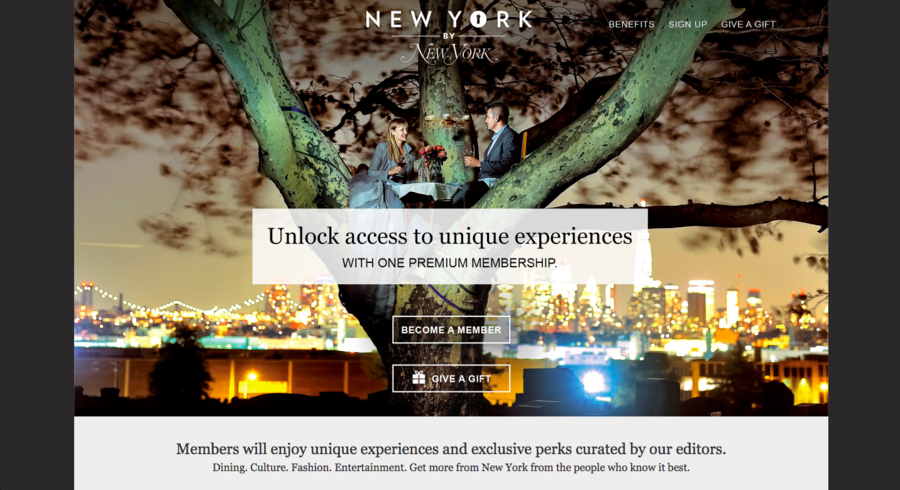
Subscription and membership programs are different by design. This confusion isn’t solely the fault of news organizations. Gyms and social clubs often promote “membership” that is more about access to a limited good than supporting public access that members want to see in the world. Yes, there are many spaces where transactional experiences suffice, like buying commodities. Not everything warrants participatory building and improvement. Yet the risk of using these names loosely is that they don’t adequately describe our end goal and why we need people outside our sites to contribute. As American Press Institute's Better News reports, “When folks in news enterprises say and hear the word ‘membership’ only as a slick or fluffy way to repackage ‘subscriptions’ – say, with tote bag gifts – they miss out on reimagining their own purposes, roles and ways of contributing to the revitalization of local.”

Business models for journalism grounded in tangible public support — in money and in non-monetary contributions — have a real opportunity to transform both news coverage and news organizations. Membership can bring audiences in as true stakeholders in the news business, and these models that blur the lines between “subscription plus” or “membership lite” models place that transformation at risk. Membership can entail non-staff contributions that can be money-saving (such as volunteer comment moderation, translation, and fact-checking) and/or money-raising (in the many instances where it can lead to stronger, more collaborative reporting that additional others are willing to pay to support).
We see major differences in “buyer motivation” between subscription — paying to access exclusive content — and joining as a member. The latter means supporting an organization to advance its cause, and it’s vital to our future backers that we make it clear that membership is that investment in the future. Subscription is paying directly for a service.
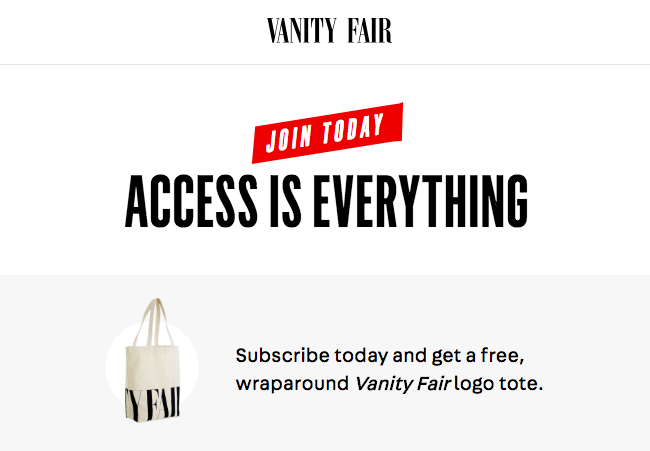
Subscription works well for many companies, and it has the promise to continue to do so when it is clearly identified as such. We are not anti-subscription, and audience revenue models that make sites less dependent on advertising are positive. We need a range of business structures, including co-ops and direct public offerings, and we want all of these forms of reader revenue to be well considered and clearly labeled. We know that the industry can benefit from less conflation of these terms and more consistent, sophisticated usage.
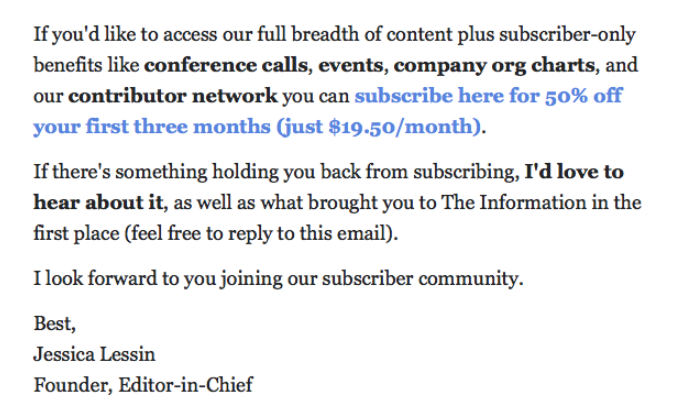
Are for-profit companies trying to take advantage of price flexibility to upsell subscriptions?
Some “membership lite” confusion stems partially from sites taking advantage of price flexibility with their most well-to-do users. Said another way: there’s more flexibility at the top of the funnel. For-profit organizations typically do not seek philanthropic support (with some exceptions, including The New York Times). But they do know that price sensitivity may decrease as supporters “move up the chain.” These membership lite or “subscription plus” options may well be ways for businesses to drive more value from existing subscribers at a higher margin. Annual subscriptions to New York Magazine’s print and digital editions start at $12. Yet in the NYxNY membership program, only the $125 annual membership includes a print and digital subscription. Are these programs using the language of membership to seek higher margins from their subscribers?
This worrisome conflation of terms is taking place at the same time that we hear from news supporters directly that they want access to core news products to be free, even if they are the people to help underwrite it for others. Knowing this, an approach that can work well is having a set of paid products for a site’s most loyal users, such as limited access newsletters and early access to event tickets, while keeping the vast majority of coverage available for public access.
One thing that organizations that have long been funded by member and philanthropic support have known is that as a supporter moves up the ladder with increased support each year, the direct benefits actually become less tangible or personally beneficial. At a $1,500 annual giving level for Southern California Public Radio, members can choose between three premiums: opportunities to support a local food bank or Humane Society or specific recognition in a Leadership Circle. Leadership Circle benefits increase as members commit to more, yet it’s highly unlikely that any of these benefits actually drive a purchasing decision at this level. Very likely the choice to fund KPCC at this highly substantive amount is driven by the donor’s motivation to support the specific philanthropy, similar to a giving circle for an educational institution.
What is the risk of membership that is designed to derive better value from subscribers rather than members buying into the mission and contributing back to the news organization? That business approach, we argue, actually runs the risk of commodifying membership for the entire industry, reducing its value to organizations trying to make membership a key source of their model rather than just a convenient add on. Current “membership lite” appeals build on the assumption that membership is driven solely by what the member gets, rather than the opportunity for the member to give back. There are two sides to the social contract between sites and the people they serve (who can provide useful sources, lived experiences, professional expertise, and other knowledge).
Yet this consumption-driven mindset that we’re seeing reduces news audiences to pairs of eyeballs connected to wallets. Our industry has been pricing and selling journalism based on a consumption model for decades, and in many ways the incentives of audience members, publishers, and reporting staff are out of alignment because of it. The work of implementing membership models in their most robust is the work of shifting from consumption-based models to relationship-based models. We fear that a commodification of membership will slow down the shift while undermining the value and transformative potential in truly interactive membership for media.
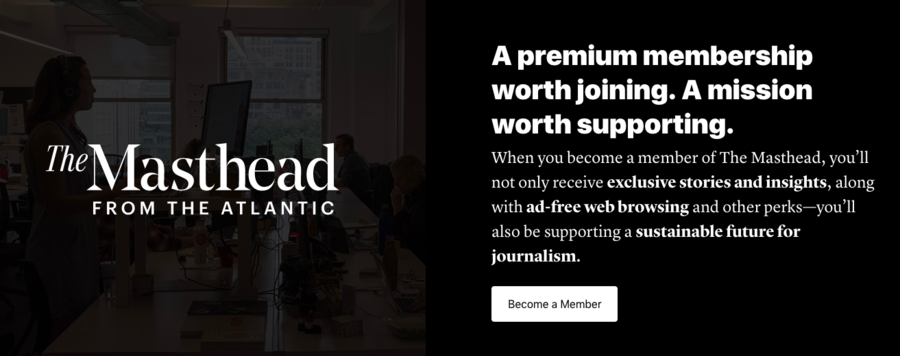
Does this co-opt the successful investments and approaches that membership-driven organizations have pushed over the last several years?
One of the related trends we’ve seen, specifically since the election of Donald Trump, is media companies pitching subscription (and, therefore, support of local or national journalism) as a political act. Newspapers selling subscriptions have adopted the language of press freedom, especially in the face of their often adversarial relationship with Trump, to market their subscription products, and demonstrate subscribing and using local journalism as a positive act of civic engagement.
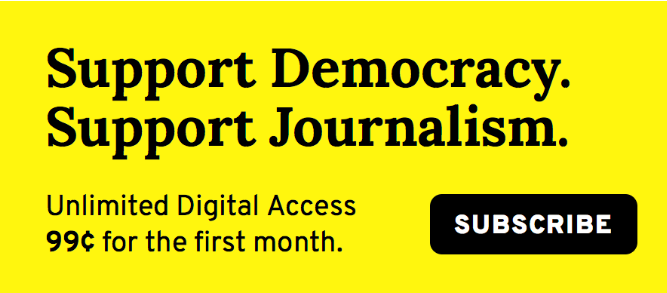
Some companies that frame their subscriptions as memberships risk overselling what they can deliver. Everything-but-the-kitchen-sink, highly generous perks programs can cost valuable internal and production resources—and there can still be cancellations by supporters who find some walled garden communities to feel surprisingly vacuous once they’re inside. Promises to publish members’ own writing can burden already strapped staff and privilege the voices of educated and well-off audience members over other listeners, viewers, and readers.
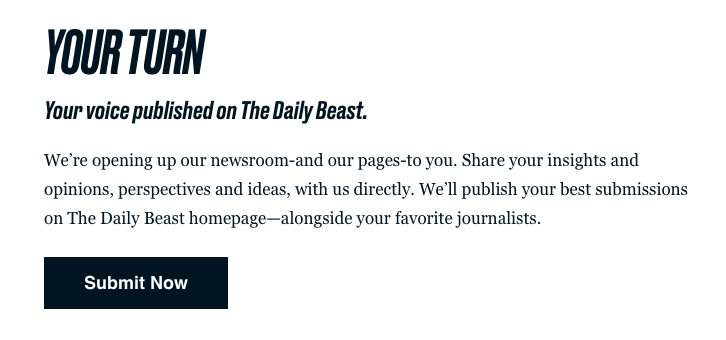
The framing of these programs doesn’t always lay bare the motivation behind these offerings. Membership is often cited (including in the Membership Puzzle Project’s research) as a driver for news organization transformation that pushes newsrooms to be more curious about and reflective of their community members’ needs. These programs seem to instead offer the exclusivity and perks of a private club, and in doing so, do they co-opt the work that other membership organizations have done?
If a primary benefit offered through these programs is exclusive content (produced for members) is it potentially more likely that this content will be focused on retaining people in the program, framing that content towards members, rather than that which we would put out under our independent editorial standards. That doesn’t seem like such a big risk — unless it can infect the rest of the coverage.
As one of the perks of these programs is sometimes exclusive access to journalists, does that intimate connection and clubby atmosphere influence how journalists approach their work? Do these journalists, who know that these members are paying for that exclusive access, feel independent enough to do work that would jeopardize that flow of money? We think the chances are low. Working with individual audience members as contributors to the journalism and funders of it actually means that sites are dependent on larger, hopefully more diverse sets of stakeholders than limited pools of advertisers and/or foundations. And there is no one more skeptical of the agenda that individuals may try to advance than reporters and editors. But that doesn’t mean it couldn’t happen.
Does building content and editorial experiences exclusively for members drive biased coverage?
Even if there wasn’t a conscious bias or quid pro quo with advertisers, there has long been a push both online and offline to increase distribution, audience, or traffic to ensure advertising rates were healthy and advertisers were satisfied. And those audiences had to be of “high quality” to advertisers — often code for white, professional, and affluent — which drove organizations to try to expand those audiences rather than serving those who might also benefit from their work but don’t lack the ability to spend. Within organizations that receive philanthropic support, there may risk and experiment aversion to keep the critical support of more conservative (with a small c) foundations.
Last year’s coverage into Harvey Weinstein highlighted one of the ways that the media may have been complicit in the coverup. Some writers criticized the culture of clientelism where the powerful know how to work the business model, and co-opt the media. Commentator Andrew Tyndall went even further in The Hollywood Reporter, asking “Did Comcast put show-business interests — possible future Weinstein deals with NBC’s Universal Studios — ahead of the public interest of NBC News?”
Even nonprofit news organizations aren’t immune to these pressures: data that shows which articles drive membership effectively may pressure some to produce more of that coverage, even if it isn’t as valuable to the editorial mission of the organization. That can allow organizations to focus on the audiences they have now (often affluent, elite audiences), and the impact they have now, rather than the audiences and impact they will need to for future survival.
Who is doing this work well?
Launching (and living) the membership program at The Intercept has given Kate a first-hand look into how members expect to contribute to the site’s work. Though The Intercept seems to accept donations only in dollars, the site has received and accepted offers of code, story tips, and activism connected to its work: all opportunities to deepen its relationship with and accountability to its audiences.
There are many programs that we’re watching closely for their experimentation and straightforward approaches to membership, and this Membership Puzzle Project database with more than 100 sites with membership of varying “thickness” is open for your use and contributions. A few great examples:
-
Chicago’s City Bureau’s Documenters program invites its supporters to attend and document civic events and meetings and pays them for these contributions. (You can read a great history of the program, and a hint to its future, in this March Medium post. And they’ll be pleased if you steal — err, replicate — their Public Newsroom model.)
-
Live events can complicate subscription and membership. Events can simply be fundraisers and a chance to broadcast at attendees. Or, as we are seeing with some European sites, they can be a chance to hear from audience members about what they care about and to engage them in decision making (a la the Bristol Cable’s Annual General Meeting of co-op members) or reporting (like The Ferret’s Sunday fact-checking nights in Scotland that are open to members as opportunities to learn and contribute to investigative journalism).
-
Honolulu Civil Beat invites its members to come to monthly coffee chats with their staff in the newsroom. Mariko Chang, now the site’s Major Gifts Manager, said, “It’s a way to build trust [and] get ideas in the door.” She said these events have led to contributions for coverage, including the site doubling down on its coverage of secret police commission meetings and to an event series on news literacy in partnership with the state’s library system.
-
We don’t want to discount the possibility of membership and subscription living alongside one another as long as the distinctions are clear. The Texas Tribune offers a membership program and a subscription service for Texas Politics insiders, The Blast. The value propositions of each are clear and distinct and they complement one another as offerings for different supporters.
Overall, subscription and membership represent different value propositions for your audience, and should be considered carefully. Both can — and will continue to be — critical to the future sustainable models that we so clearly need in this industry. We want to see more clarity around this terminology. Membership can be about so much more than discounts on products, tote bags, and exclusive content.
Editor's note: This story has been modified to clarify language about Facebook's new membership accelerator.






